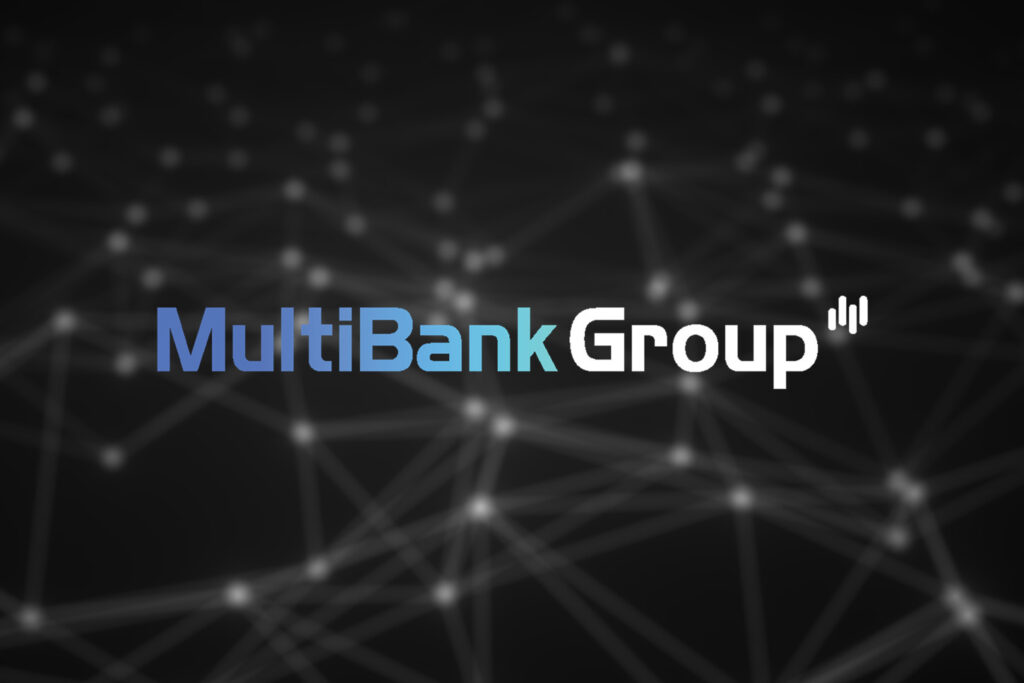Proof of Stake (PoS) is a consensus mechanism widely used in blockchain networks as an alternative to the energy-intensive Proof of Work (PoW) mechanism. PoS offers a more energy-efficient and scalable approach to validating and adding new blocks to the blockchain. In this article, we will explore the PoS consensus mechanism, its underlying principles, advantages, and potential challenges.
What is Proof of Stake (PoS)?
Proof of Stake (PoS) is a consensus mechanism that selects validators to create new blocks based on their stake, or ownership, of cryptocurrency in the network. In PoS, the probability of being chosen to validate a block is directly proportional to the number of coins a validator holds and is willing to “stake” as collateral.
How Proof of Stake Works

- Validators are chosen based on the number of coins they hold and lock up as collateral, demonstrating their commitment to the network.
- The selection process is often random, but with the probability of selection being influenced by the size of the stake.
- Validators take turns proposing and validating new blocks, with the size of their stake determining their chances of being selected.
- Validators are incentivized to act honestly, as any malicious behavior or attempts to compromise the network can result in their stake being slashed.
Advantages of Proof of Stake
- Energy Efficiency: PoS requires significantly less computational power compared to PoW, making it more energy-efficient. Instead of solving complex mathematical puzzles, validators participate in block validation based on their stake.
- Scalability: PoS consensus mechanisms offer higher scalability by enabling faster transaction confirmation. With no competition for solving puzzles, block production is more efficient, leading to increased throughput.
- Security: PoS provides security through economic incentives. Validators have a financial stake in the network, and the risk of losing their stake encourages them to act honestly and follow the consensus rules. Additionally, attacks such as a 51% attack are economically disincentivized, as an attacker would need to acquire a majority of the network’s coins, which can be costly.
Potential Challenges of Proof of Stake
- Initial Distribution of Coins: The initial distribution of coins in a PoS network can be a challenge. If a small group owns a significant portion of the coins, it could lead to centralization and concentration of power. Fair and equitable distribution of coins is essential for maintaining a decentralized network.
- Nothing at Stake Problem: The “nothing at stake” problem arises when validators have nothing to lose by supporting multiple versions of the blockchain during a fork. Unlike PoW, where miners incur costs (electricity, hardware) to mine on a specific chain, PoS validators can potentially support multiple branches without incurring additional costs. Solutions such as slashing penalties aim to deter validators from supporting multiple branches.
Practical Implementation of Proof of Stake
- Numerous blockchain networks have implemented the Proof of Stake (PoS) consensus mechanism. Ethereum, the second-largest cryptocurrency by market capitalization, is in the process of transitioning from PoW to PoS through the Ethereum 2.0 upgrade. This upgrade aims to improve scalability, energy efficiency, and security by adopting a PoS-based consensus mechanism.
- Other blockchain platforms, such as Cardano, Polkadot, and Tezos, were designed from the ground up with PoS in mind. These networks utilize PoS to achieve consensus, allowing validators to participate in block validation and earn rewards based on their stake.
Different Variants of Proof of Stake
- There are different variants of the PoS consensus mechanism, each with its own approach and characteristics. Some variants include:
- Pure Proof of Stake: In this variant, validators are chosen to create new blocks based solely on the size of their stake. Validators lock up their coins as collateral to demonstrate their commitment to the network and increase their chances of being selected.
- Delegated Proof of Stake: Delegated Proof of Stake (DPoS) introduces a voting-based system where token holders elect a limited number of delegates, known as “witnesses” or “block producers,” to validate transactions and create new blocks. DPoS improves scalability by reducing the number of validators, enabling faster transaction speeds.
- Leased Proof of Stake: Leased Proof of Stake (LPoS) is a variant where participants can lease their stake to validators in exchange for rewards. This allows participants with smaller stakes to participate in block validation indirectly, without the need for significant staking capital.
Economic Considerations in Proof of Stake
- In PoS consensus mechanisms, economic incentives play a crucial role in ensuring the security and stability of the network. Validators are motivated to act honestly, as any malicious behavior or violation of consensus rules can result in the slashing of their stake. This economic model encourages participants to act in the best interest of the network and discourages malicious activities.
- Additionally, PoS consensus mechanisms often involve block rewards and transaction fees as incentives for validators. Validators are rewarded with newly minted coins or transaction fees for their role in block validation, contributing to their profitability and incentivizing active participation in the network.
Hybrid Approaches: Combining PoW and PoS
- Hybrid approaches that combine elements of both Proof of Work (PoW) and Proof of Stake (PoS) have gained attention in the blockchain community. These hybrid consensus mechanisms aim to leverage the benefits of both approaches while mitigating their limitations.
- One example is the PoW/PoS hybrid model, where PoW is used for block creation and PoS is employed for block validation. This approach combines the security and decentralization of PoW with the energy efficiency and scalability of PoS, offering a balanced solution.
Environmental Sustainability of PoS
- PoS consensus mechanisms have gained popularity due to their lower energy consumption compared to PoW. PoS networks require significantly less computational power, reducing the carbon footprint associated with blockchain operations. This makes PoS a more environmentally sustainable alternative, aligning with the growing global focus on green technologies and sustainability.
- By transitioning to PoS, blockchain networks can contribute to the reduction of energy consumption and the overall environmental impact of the cryptocurrency industry. The energy savings achieved through PoS can make blockchain technology more socially and environmentally responsible.
Governance and Upgrades in PoS Networks
- Governance is an essential aspect of PoS networks, as it determines how decisions are made regarding protocol upgrades, parameter adjustments, and network improvements. PoS networks often incorporate governance mechanisms that allow token holders to participate in decision-making processes through voting or delegation. This ensures that the network evolves and adapts to changing needs while maintaining decentralization and community involvement.
- Upgrades in PoS networks can be achieved through soft forks or hard forks. Soft forks introduce backward-compatible changes to the protocol, while hard forks require all participants to upgrade their software to maintain network consensus. Governance plays a crucial role in coordinating and executing these upgrades, ensuring the smooth transition and continuity of the network.
Security Considerations in Proof of Stake
- While PoS offers security through economic incentives, it also introduces unique security considerations. One of the primary concerns is the “nothing at stake” problem, where validators have nothing to lose by supporting multiple branches during a fork. To address this, PoS networks implement slashing penalties, where validators risk losing a portion of their stake if they support conflicting branches or engage in malicious behavior.
- Other security considerations include the potential for a “long-range attack” where an attacker with a large stake attempts to rewrite past transaction history. PoS networks implement mechanisms like checkpointing or epochs to mitigate this risk by ensuring the finality of transactions and blocks.
PoS Consensus Mechanism and Network Finality
- Network finality refers to the irreversible confirmation of transactions and blocks in a blockchain network. In PoS networks, finality is achieved through various mechanisms such as the use of finality gadgets, consensus algorithms, or economic penalties for malicious behavior. Finality provides certainty and ensures that confirmed transactions cannot be reversed, enhancing the reliability and trustworthiness of the network.
- PoS consensus mechanisms offer faster finality compared to PoW, as block validation is based on stake rather than computational work. This enables PoS networks to achieve near-instant transaction confirmations, reducing the need for multiple block confirmations for high-value transactions.
The Role of Validators in PoS Networks
- Validators play a crucial role in PoS networks by proposing and validating new blocks. Their responsibility is to ensure that transactions are valid and adhere to the consensus rules of the network. Validators are selected based on the size of their stake and their willingness to participate in block validation.
- Being a validator in a PoS network requires maintaining a stable and secure infrastructure, as well as actively participating in the consensus process. Validators are incentivized to act honestly and follow the rules, as their stake is at risk of being slashed in case of malicious behavior.
PoS Consensus Mechanism and Economic Inclusivity
- PoS consensus mechanisms can promote economic inclusivity by allowing participants with any amount of cryptocurrency to stake and participate in block validation. Unlike PoW, which requires expensive mining hardware, PoS allows individuals with smaller stakes to contribute to the network’s security and earn rewards. This inclusivity fosters wider participation and reduces barriers to entry, enabling broader access to the benefits of blockchain technology.
The Future of Proof of Stake
- PoS consensus mechanisms have gained significant traction in the blockchain industry and are poised to play a significant role in the future of decentralized systems. The ongoing development and research in PoS aim to address its challenges and further enhance its scalability, security, and energy efficiency.
- With the increasing adoption of PoS networks and the continuous evolution of the technology, the future of PoS looks promising. It has the potential to become a widely accepted consensus mechanism, offering a sustainable and efficient alternative to traditional PoW systems.
Conclusion
Proof of Stake (PoS) offers an energy-efficient and scalable alternative to the Proof of Work (PoW) consensus mechanism. By selecting validators based on their stake in the network, PoS provides security through economic incentives and encourages honest participation. While PoS has its challenges, ongoing research and development aim to address these issues and further improve the efficiency and security of PoS-based blockchain networks












